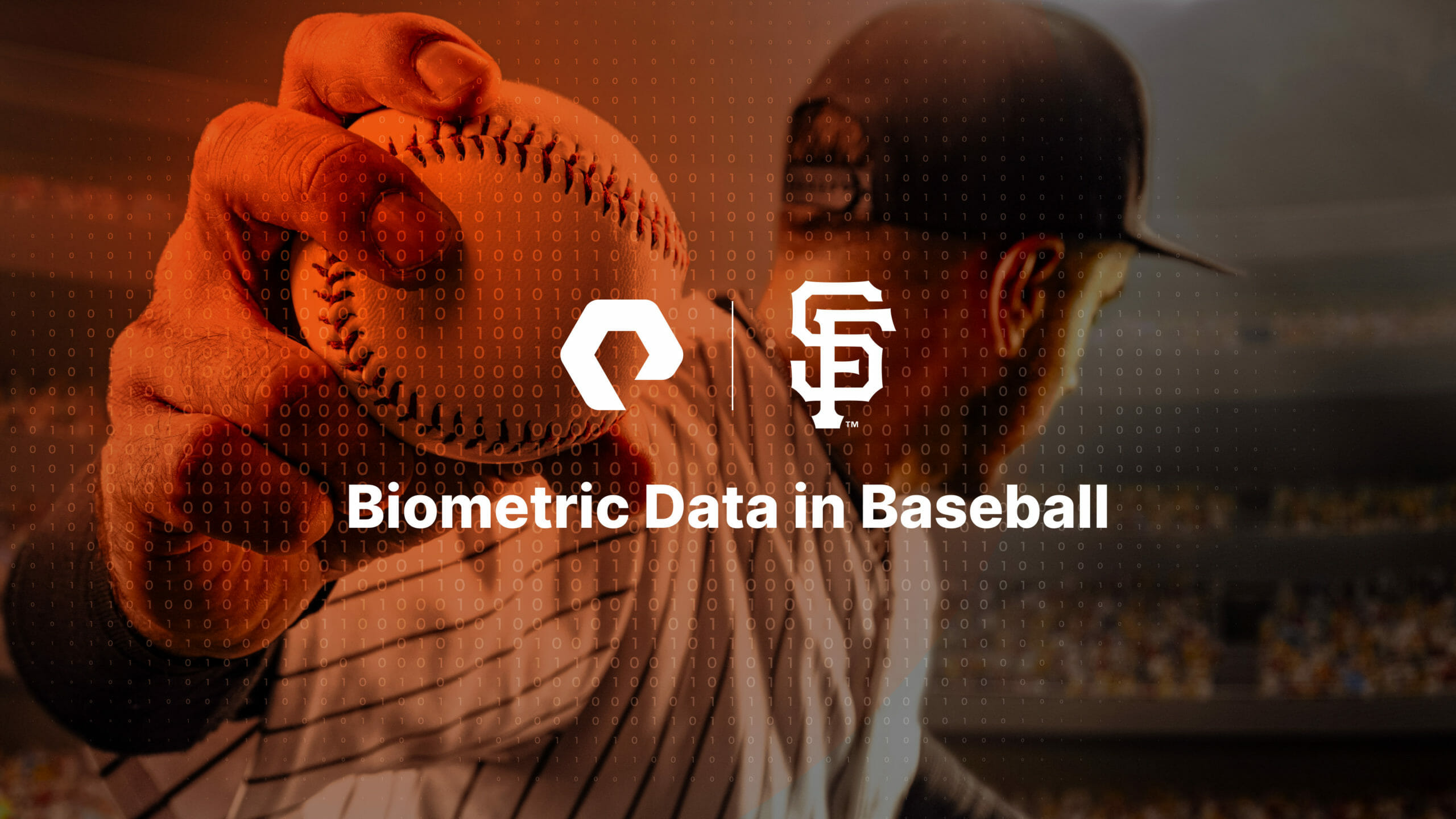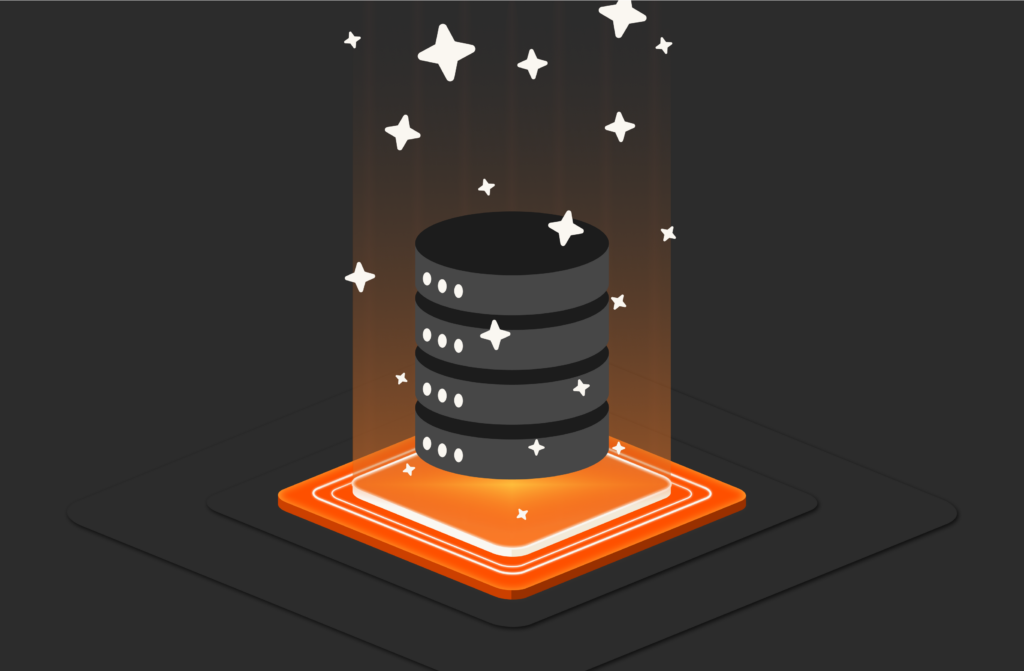The San Francisco Giants ended their 140th season with a solid third-place finish in the National League West. And now, with a grueling schedule of more than 160 games behind them, Giants’ management must focus on preparing the team for spring training, which kicks off in late February 2023—less than five weeks away.
The health and fitness of players is paramount to the success of any professional sports team. But injuries are inevitable when you have elite athletes pushing the limits of their performance on a daily basis. To keep players in top form throughout the season, or hasten their road to recovery when injuries arise, the San Francisco Giants and other Major League Baseball (MLB) teams turn to data—specifically, biometric data, for help.
Here’s a look at how biometric data is helping to transform sports training and analysis, on and off the field.
Keeping Players on the Field—and Out of the OR
Tommy John surgery, which involves the surgical replacement of a damaged ulnar collateral ligament (UCL), is the scourge of Major League Baseball (MLB). (The UCL is the ligament on the inner side of the elbow, which keeps the elbow joint in place.)
The Giants are among the MLB teams that have turned to biometric analytics in recent years to try to gain data insights about their players’ physical condition and work to pre-emptively identify burgeoning injuries like damaged ligaments, which can take athletes out of the game for a long time—or even permanently.
Beating the Odds with Data
Thomas Edward John, Jr., was the first pitcher to successfully return to baseball after having his UCL replaced. Not only did it allow him to extend his pitching career for another 14 seasons, but it also helped him earn the nickname, “The Bionic Man.”¹ When John went under the knife for four hours in 1974, the surgery that would become his namesake was revolutionary. Today, it’s routine—and for MLB teams, that’s worrisome.
One baseball injury expert estimates that one in seven active major league pitchers have had Tommy John surgery at some point in their careers.² The repetitive throwing and twisting motions pitchers make with their arms inning after inning, game after game, through the long baseball season can wreak havoc on their UCLs.
It doesn’t help that pitchers are under constant pressure to try to throw faster or with more break. But the truth is that all MLB players, like all major athletes, feel the heat to keep turning up their game, and that’s leading to more injuries overall.
“We know why pitchers are throwing the ball faster—and by a large margin, it takes a lot out of their arms,” says Dan Quill, senior director of application development with the Giants. “But we’re seeing injuries in the sport skyrocketing in general right now. That’s why we use biometrics—to try to figure out why that’s happening. And if we can, it’s going to be a very big deal.”
Why Biometric Data Analysis Is a Home Run
The use of biometrics in baseball—which includes collecting, measuring, analyzing, and interpreting biological data collected from wearable devices and other sources like high-resolution video—is still an emerging field. But it’s already providing valuable insights to teams like the San Francisco Giants.
Among the many benefits teams are seeing from analyzing biometric data are:
- Prevention or reduction of injuries through the detection and correction of unsafe movements or habits
- Development of more informed and effective training regimes
- Implementation of customized injury treatment, leading to the possibility of a speedier return of pitching staff and other players
- Improvement in overall player health and wellness through the optimization of players’ diets, nutrition, and supplement use
- Increased longevity of athletes’ active careers
Teams gather biometrics data from various sources, including MLB-approved wearable devices like the Motus compression sleeve (motusTHROW), which has a sensor for measuring stress and workload on a pitcher’s throwing arm.³ Other types of wearable technology commonly seen on the baseball field today include WHOOP, the first device of its kind to be approved by any of the major American sports leagues to be worn during competition,⁴ and the Zephyr Bioharness.⁵
Wearable tech tracks players’ heart rates, blood oxygen levels, biomarkers for amino acids like creatine, steroids such as cortisol, and stress on bones and joints. Some MLB teams are also using blood testing to screen players for biomarkers that might indicate high levels of stress or inflammation, factors that can lead to more serious injuries.
High-resolution video also provides a wealth of valuable biometric data for clubs like the Giants. “We’re using high-res video to gather data from 23 body locations, which allows us to see granularly through multiple records per second and actually analyze a player’s movement,” Quill says. “Once we can analyze the data, we can isolate the bad mechanics and help the player make corrections that might keep them healthier for longer—or at least minimize downtime.”
A Data-driven Sport That’s Ripe for AI
Baseball and data are like hot dogs and beer: They’re made for each other.
Serious baseball fans are rabid about tracking stats, and, even in today’s digital age, many still meticulously fill out the scorecards in programs during games. And don’t forget Billy Beane’s moneyball theory and pioneering data mining project from the early 2000s, which still offers many learnings for modern data scientists.⁶ Even the University of Wisconsin Data Science team noted in a 2016 article about moneyball, though, that, “Analyzing data was nothing new to baseball in 2002. Data on baseball players has been available since the 1800s and data analytics used since the ’70s.”⁷
Here’s another reason baseball is tailor-made for statistical analysis: It has the advantage of being more data-friendly than sports like football, which operate in a time continuum. As Quill explains, “Our game is more predictable because we have discrete events—nine innings, three outs per inning, etc. That makes aspects of the game much easier to analyze and data more relevant.”
How Modern Storage Helps the Tech-savvy Giants Innovate with Data
Baseball’s widening embrace of biometric data, including data collected from myriad wearable devices and massive HD video files, is making modern data infrastructure a must for teams. Without fast, efficient storage to power their analytics, they’ll struggle to get the insights they need to keep their players healthy and performing optimally.
The Giants understand this, which is why they’ve been working with Pure Storage®. They’re implementing infrastructure that allows them to handle the exponential growth in biometric data they’re already experiencing—and prepare for the growing volume of artificial intelligence (AI) workloads for processing massive amounts of structured and unstructured data in the future.
“Some of our longer-term analysts do traditional analysis, but almost all of our new people are running AI,” says Quill. “It’s still in its infancy, but in the next five years or so, we think we’ll have all the analytics tools in place for the data-intensive work we want to do with biomechanics analysis, channel analytics, and mobile analytics.”
Learn how Pure helps organizations like the San Francisco Giants get more value from their data with an easy-to-deploy, high-performance, agile data experience for the delivery of real-time, modern analytics and AI.
¹https://en.wikipedia.org/wiki/Tommy_John
²https://www.espn.com/mlb/story/_/id/7712916/tommy-john-surgery-keeps-pitchers-game-address-underlying-biomechanical-flaw-espn-magazine
³https://motusglobal.com/motusbaseball.html
⁴https://www.espn.com/mlb/story/_/id/18835843/mlb-approves-field-biometric-monitoring-device
⁵https://ballparkdigest.com/2016/04/06/new-to-mlb-wearable-technology/
⁶https://en.wikipedia.org/wiki/Moneyball
⁷https://datasciencedegree.wisconsin.edu/blog/moneyball-proves-importance-big-data-big-ideas/
![]()





